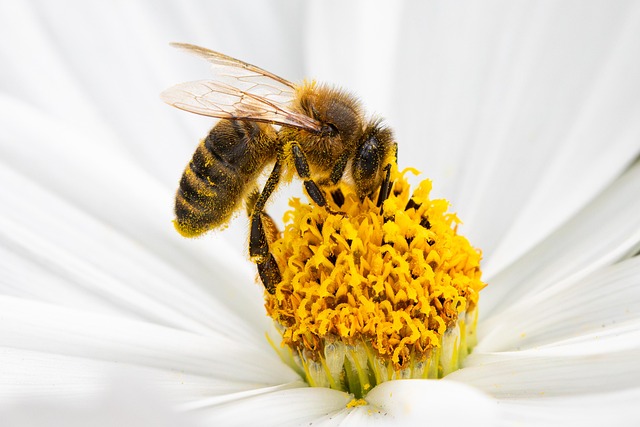I was around 13 or 14 when I first explored masturbation. At that time, I had a basic understanding of the act: I knew it involved touching myself and seeking pleasure. However, the concepts of climax and orgasm were foreign to me. They were mere words I’d heard but never grasped fully.
After a candid chat with a friend, I felt compelled to try it. One evening, I tiptoed out of my bedroom and into the living room, wrapping myself beneath a large blanket on the couch. Once I was certain everyone was asleep, I switched on the TV and tuned into the scrambled Spice Network—back in the day, that was how you accessed adult content.
Initially, it was a clumsy experience. My discomfort was palpable; my underwear felt abrasive against my unshaven skin. I fumbled to navigate the complexities of my body, unsure of where to explore. But as I continued, something shifted. My body responded, and instead of feeling awkward, I discovered a sense of pleasure that was exhilarating. My heart raced, warmth spread, and I felt an electric pulse throughout my body until I reached a satisfying conclusion.
What began as mere curiosity has evolved into a regular practice of self-pleasure—something I do because I enjoy it, it calms me, and it helps me maintain emotional balance. Sadly, there’s still a heavy stigma attached to masturbation, particularly for women. Many view it as an unseemly act, relegated to certain stereotypes in society. Some religious beliefs even label it as sinful. Historically, it was widely accepted that women didn’t experience sexual desire or pleasure, a notion that is utterly ridiculous.
The taboo surrounding female masturbation is deeply ingrained in societal norms and cultural narratives. While male masturbation is often depicted humorously in films—such as in American Pie or Fast Times at Ridgemont High—female experiences are rarely portrayed. The stigma begins early in life, as girls are raised in a patriarchal society that teaches them to be quiet, modest, and demure. This mindset extends into adulthood, where many women internalize the belief that self-pleasure is inappropriate.
Dr. Lisa Reynolds, a psychologist and author, notes that when young children are found exploring their bodies, adult reactions often discourage such behavior. The message they receive is that it is naughty or shameful. This early conditioning creates barriers to understanding and embracing sexual pleasure as they grow up.
Language also plays a significant role in perpetuating this stigma. Men have a plethora of slang terms to describe masturbation, while women are left with awkward phrases that lack the same assertiveness. The lack of relatable language contributes to the silence surrounding female self-exploration. Despite this, research shows that 92 percent of women have engaged in self-pleasure at some point in their lives.
So, how do we combat the shame and stigma? The answer lies in open dialogue. By sharing our experiences with friends, family, and peers, we can demystify the topic and encourage acceptance. There is nothing shameful about understanding, loving, and embracing one’s own body. Masturbation is a natural and beautiful aspect of self-care.
For those interested in understanding more about fertility and conception, you might find this fertility booster for men helpful. Additionally, this article from Modern Family Blog provides valuable insights on this subject. For further information on donor insemination, a great resource is available at American Pregnancy.
In summary, embracing self-exploration is a journey that many women undertake, often in silence due to societal stigma. By fostering open conversations and educating ourselves, we can create a more accepting environment that celebrates female pleasure and self-love.
